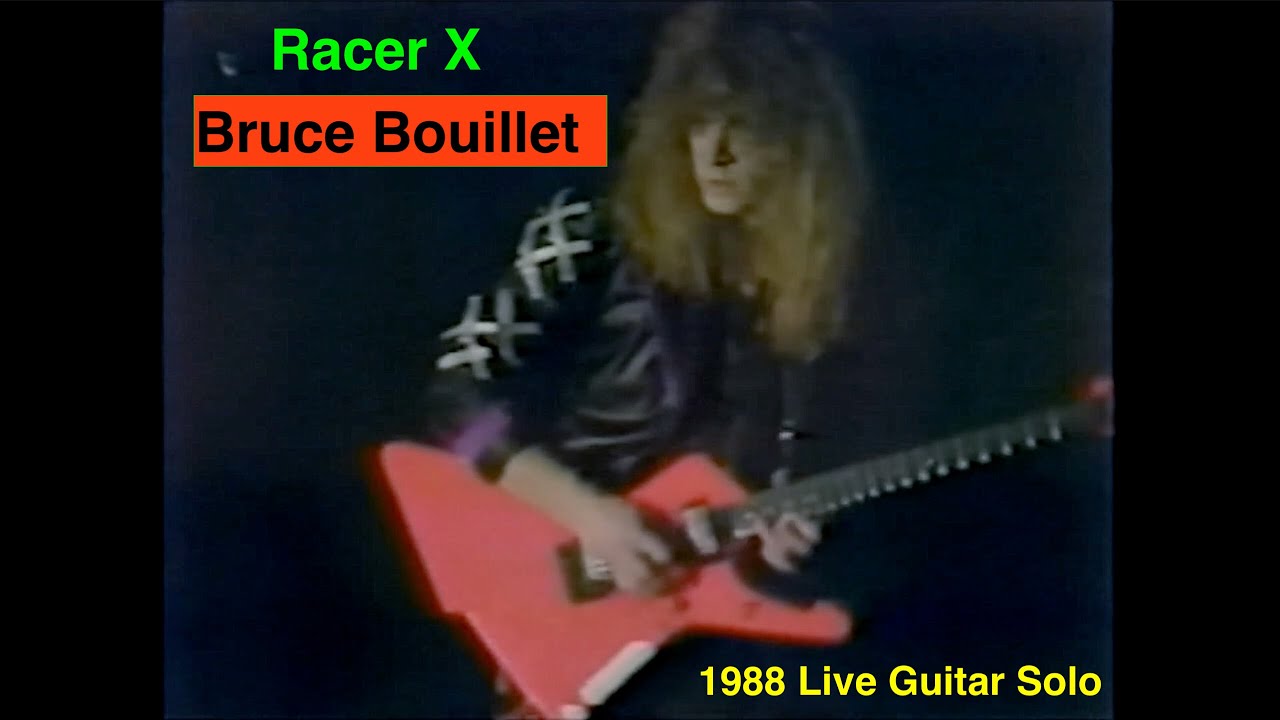Thanks for all the details - very interesting. If you can film an update on the progress with the faster motion, that would be interesting to see. Also, we’re working on some lesson updates to the Primer where we’d like to include some real-world examples that new players can look at to know what to expect. The two motions you have here, where the one is obviously working great, would be very instructive for a new player to look at to know how to discern the difference between a motion where something isn’t working, and one that has lots of potential. If you’d be open to letting us use a snippet of these clips, that would be cool. Let us know — but no pressure. Totally fine if not.
Why do you have such a specific goal of using a certain type of escape motion with a certain type of pick grip? Unless you’re auditioning for a Gypsy band, it really shouldn’t matter which specific technique you use. If we have somehow implied that USX is “better”, that’s defintely not the case. Most virtuoso wrist players, and that includes some of the best pickers of all time, like Di Meola and McLaughlin, look more like your motion. Andy Wood’s technique is broadly similar to the form you’re using here, and he doesn’t do USX motion either. The dude can pretty much alternate pick anything. So you’re on the right track here!
Picking motion includes fretting. Weird to say that, but it is in some sense true. I never worked on just the picking hand by itself, like on all open strings, for example. There were no phrases I wanted to learn which worked that way, so it never even occurred to me to do that. As a result if I had to learn a phrase like that, I’d actually have to work on it. I’m much better when both hands are moving, since that’s what I know.
When you’re learning a new physical skill, what you’re learning is the sum total of all motions happening at that time. This is how I think of it. The actual way this works is probably more complex, and there is probably overlapping benefit to doing hands separately, together, and in various combinations. But just as an example of what I’m talking about, it is absolutely commonplace that you can have a picking pattern perfectly on one phrase, and then switch to another phrase with a different fretting hand but identical picking pattern, and you can’t play it. Happens all the time. Either fretting errors, picking errors, or synch errors crop up. So to some very practical extent, your picking technique is really the sum total of all the picking patterns you know, combined with all common fretting patterns, at different speeds and rhythms, learned and corrected over the long haul until they all overlap a little and enhance each other.
This is my very long-winded way of saying, you should not work on just picking motions. You need to work on a wide array of picking and fretting patterns with coordinated hands. To start with, the phrases you choose should match your picking motion. In your case that’s DSX motion. So the EJ five note pattern is not a great example because you need USX and downstroke sweeping for that. Instead, you want to choose phrases where downstrokes are consistently the final note on every string. Of couse single-string playing is fine too. Diversity helps. All these things overlap. But just choose single-escape (or mostly single escape) phrases to start, since that is what your motion does. Over time you can always incorporate other phrase types. That is the beauty of wrist motion. It can do all escapes from one arm position.
 So I figure if HE can do it, I should be able to too.
So I figure if HE can do it, I should be able to too.

